Single use of filters involves changing filters at each individual dissolution time point.
Repeated use of filters involves using the same filters repeatedly at every dissolution time point.
Single use is recommended
Single use not only prevents clogging but minimizes the risk of the drug dissolving within the filter between sampling points. This helps reduce variability of your dissolution results. Changing filters at each time point along with pre-saturation prevents this issue because dissolution is immediately halted. This is why filter manufacturers typically recommend using a fresh filter at every sampling time point for each vessel.
X
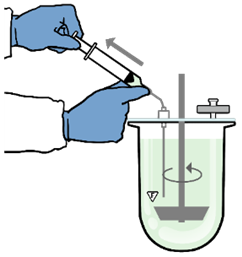 =
= 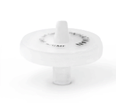
As e.g. N= 6 vessels with 11 sampling points per vessel requires 66 filters
Repeated use is not recommended
Repeated use of the same filters at every sampling time points often results in values significantly above 100% at later time points. This is because the drug continues to dissolve within the filter, which defeats the primary purpose of filtration—stopping the dissolution process. This particularly applies when carrying out two stage dissolution experiments with basic drugs because levels in FaSSIF will be artificially much higher if the filter is not changed.
In our laboratory, we used to use the same filters repeatedly at every dissolution time point and discovered that the results often varied significantly. However, now, we always change the filters at every individual dissolution time point. This best practice enables you to generate the accurate and precise biorelevant dissolution profiles.
GMF filters with diameters of 13 mm and 25 mm are available to buy here

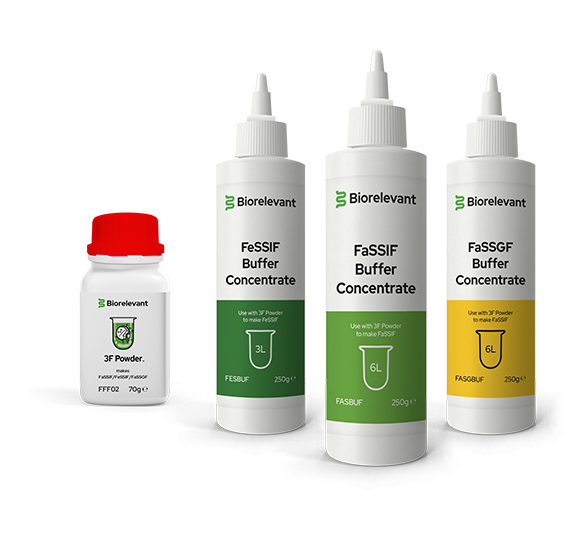

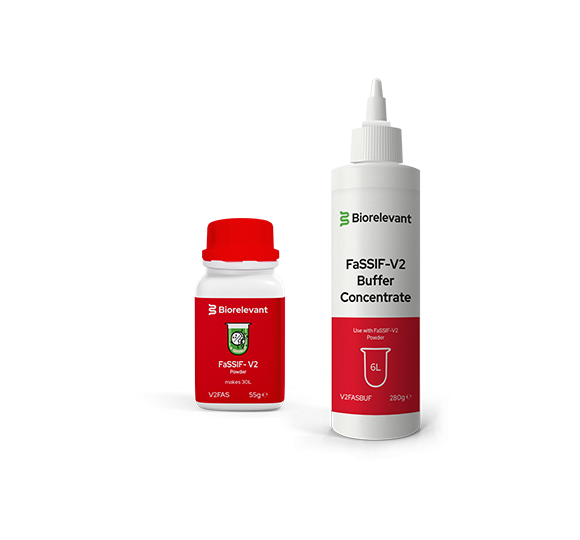
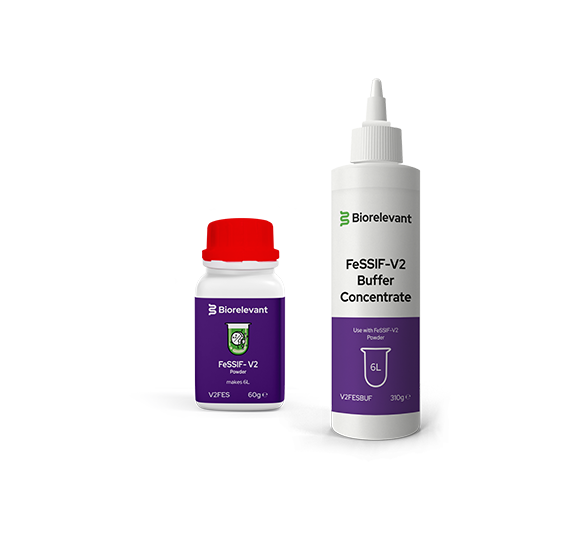


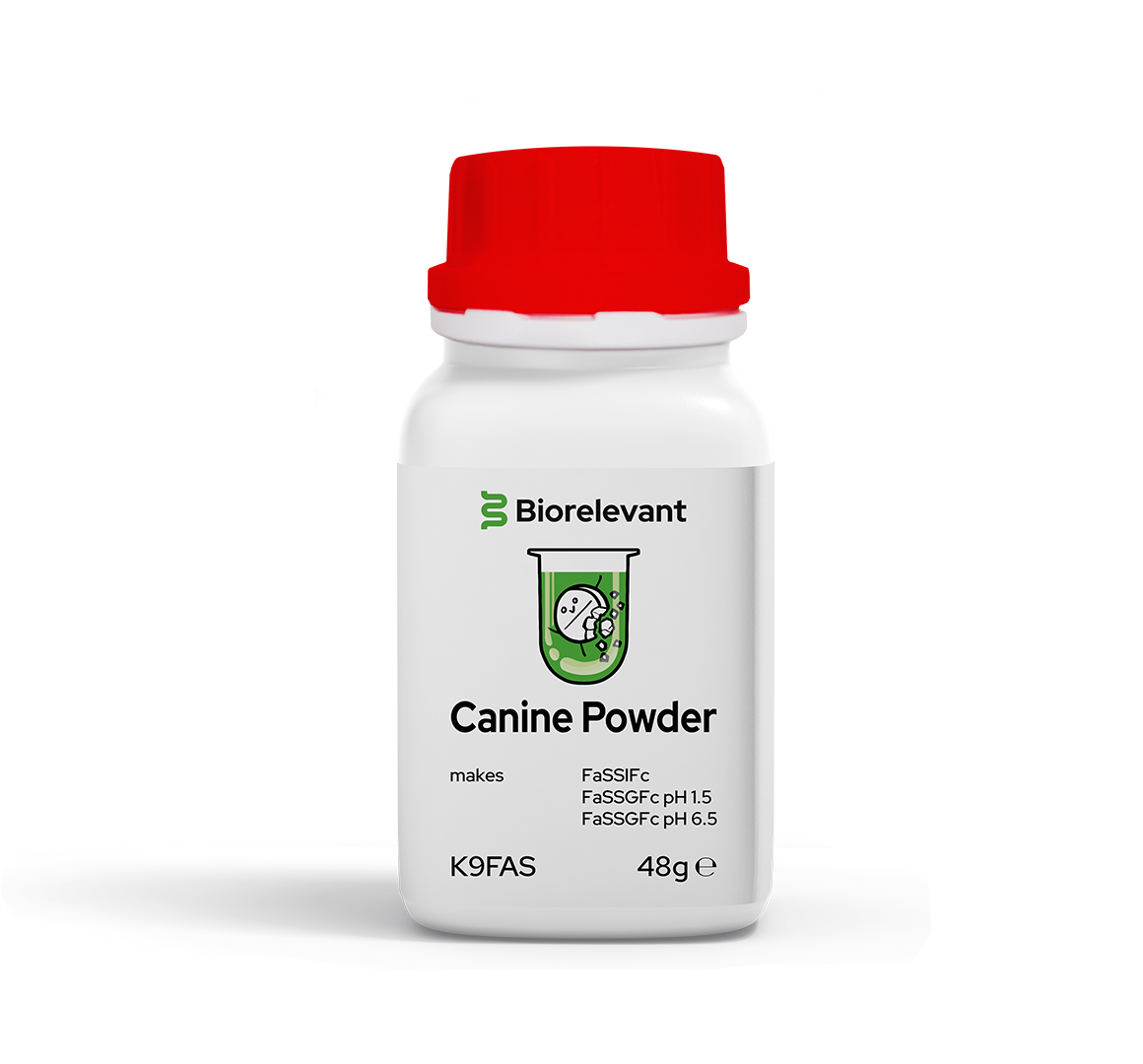
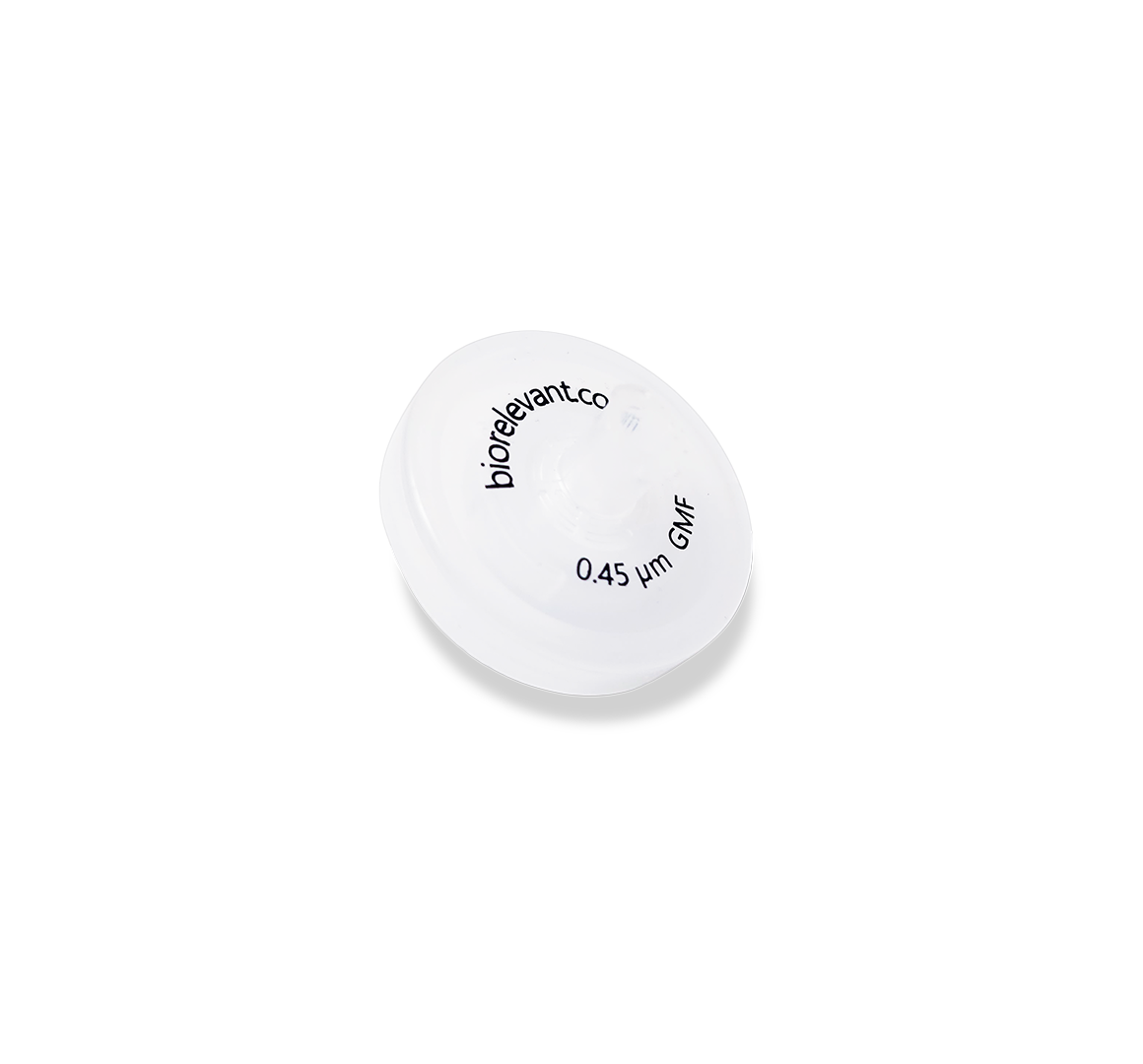
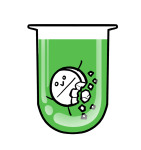
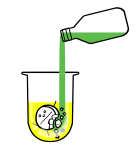






 Home
Home















